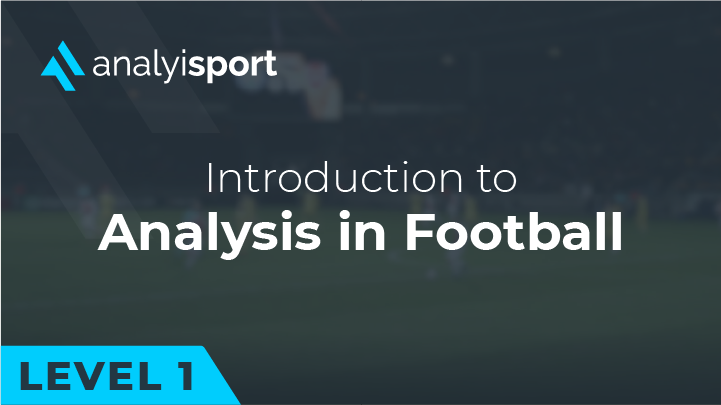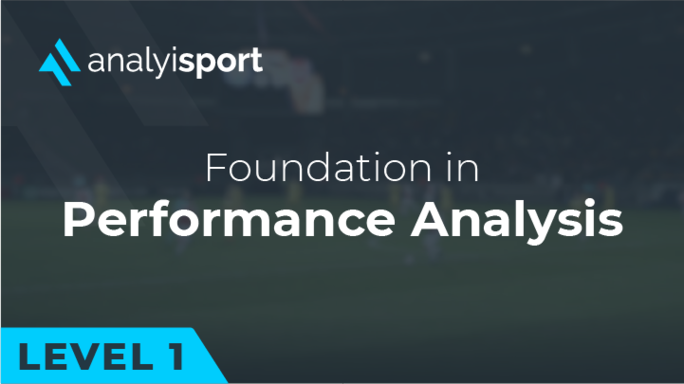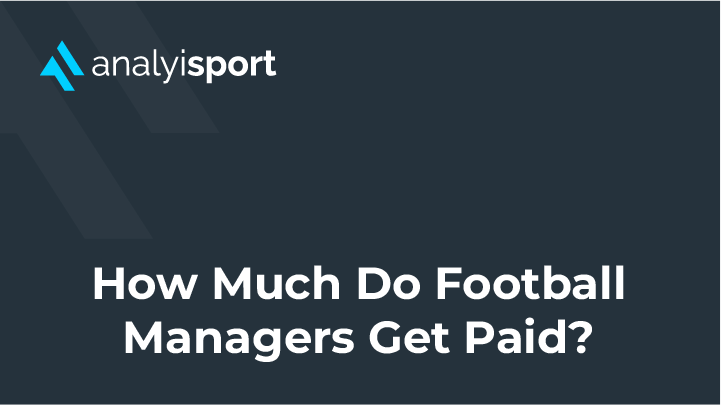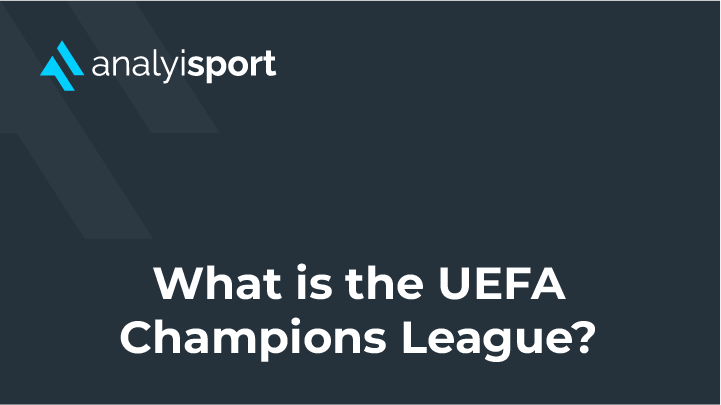How is data used in the Women’s Super League?
How is data used in the Women’s Super League?
Established in 2010, the Women’s Super League (WSL) is the top tier of women’s football in England and one of the most competitive women’s leagues in Europe.
The league reached a milestone in 2018 when all 12 of its teams were made up entirely of professional players for the first time.
Women’s football has continued to develop in England and across the globe. The support of organisations such as Women In Football, Her Game Too and the development of a Women’s Talent Pathway have provided playing opportunities and careers within Women’s football.
Progress was most evidently felt at the 2022 Women’s European Championship which dominated sports headlines everywhere.
The tournament’s final between England and Germany attracted a record crowd of almost 90,000, with more than 17 million TV viewers watching in the UK. The tournament provided a new level of media exposure that has encouraged more and more women and girls to get involved at all levels.
With increased funding, the Women’s football is now able to invest more heavily in data analytics technology than ever before, as its growth continues.
Until recently, data analysis had scarcely been used in women’s football. A lack of money in the women’s game deterred investors who instead targeted the more lucrative men’s market.
However, with its rise in popularity, the WSL has welcomed new broadcasting deals since 2020. In fact, the league’s £8m-per-year TV deal with Sky and the BBC has led to a 140% increase in viewership during the 2021/22 season.
Improved coverage translates to more viewers and therefore more money, incentivising companies to invest in women’s football clubs and the supporting infrastructure.
Who provides data to the WSL?
Data is provided to the WSL through their official and exclusive provider, Stats Perform. The FA (Football Association), who run the WSL, receive insights from Opta Analytics, a service operated by Stats Perform, which they then distribute around their media teams and to their broadcast partners.
Stats Perform is also the exclusive data provider for the men’s English Premier League, too. Clearly the FA wants to allow women’s clubs the same opportunities to work with data as the men.
“Having a recognised and respected data partner is another sign of the professionalism of our game”, says Kathryn Swarbrick, FA Director of Marketing and Commercial.
What data is available to women’s clubs?
Before the growth in popularity, analytics in women’s football was hindered by a lack of available data.
As a response, data providers StatsBomb have been publishing free-to-access WSL data online since the 2018/19 season in their pledge to support the development of Women’s football.
The idea is that fresh data sets being publicly available will attract both amateur and professional analysts, ultimately encouraging them to become more engaged with women’s
Statsbomb runs its own analytics platform, StatsBomb IQ, which facilitates a deeper level of analysis as well as providing clubs with unique and innovative performance metrics.
These metrics include Pressures by Team and Pass Height, as well as particularly advanced versions of common metrics such as expected goals (xG) and shotmaps.
Usually, access to this platform requires a paid subscription. However, for clubs in the top women’s leagues around Europe, including the WSL, StatsBomb offers the service for free.
What is TransferLab?
Another organisation that is striving to expand the data pool in women’s football is Analytics FC, who launched the first ever analytics platform dedicated to female football in 2021.
This platform, TransferLab, has compiled data profiles on almost 10,000 female players across 24 leagues between 2021 and 2023, and is specifically designed to aid women’s football clubs in their scouting process.
TransferLab uses an algorithm to assign a value between 1 and 100 to each player on the database according to different performance metrics.
Using these values, club analysts are able to easily compare different players that they’re interested in based on the position profile they’re looking for.
For example, a team may be looking for a ball winning central midfielder to bolster their squad. When filtering by this position profile on TransferLab, the inbuilt algorithm will sort players by score based on their performance in key metrics for that player type, such as ball recoveries per game or pass completion percentage.
By prioritising these attributes when scouting on TransferLab, analysts at women’s clubs can easily filter out any players who do not score highly enough in those areas according to the platform’s algorithm.
“It’s fantastic that with TransferLab, women’s football clubs now have the ability to look at players’ key stats and performance metrics across a wide range of leagues worldwide”, football reporter Faye Carruthers commented.
What are WSL clubs doing to incorporate data?
Despite data companies’ recent transition into the women’s football market, clubs are also taking it upon themselves to develop analytics in the women’s game.
A critical idea that clubs are beginning to understand is that data analysis in women’s football requires a different approach to that of data analysis in men’s football.
Since women’s teams have less financial backing and often play their matches in smaller stadiums with limited technological infrastructure, one of the main barriers to data analysis has always been the collection of data itself.
When West Ham United Women teamed up with data provider Metrica Sports in 2021, they sought to overcome this challenge by investing in brand-new technology.
Metrica Sports’ software allows analysts to track numerical data using any camera and from any angle, bypassing the need to have specialised cameras installed high up in stadiums, which sometimes just isn’t possible.
The future of data analysis in women’s football
Manchester City Women, meanwhile, have been striving to change the way data analysis in women’s football is viewed.
“There’s a big stigma around: ‘The women’s game is behind the men’s.’ We don’t subscribe to that. We subscribe to the notion that it’s apples and oranges, not two sets of apples”, explains Dr James McCarron, head of sports science and medicine at Manchester City Women.
McCarron and his team have used data to monitor performance in relation to women’s menstrual cycles, an area that is under-researched and which clearly doesn’t apply when analysing men’s football.
With such little existing data to work with, the sports science department at Manchester City Women has not been able to observe general statistical trends, but have used their analysis to improve player performance in individual cases.
Similarly, McCarron has been conducting research into injury and rehabilitation, an area of modern football which relies heavily on data.
He explains how female footballers are at greater risk of suffering an ACL (anterior cruciate ligament) injury than men are, and yet most rehabilitative frameworks for that type of injury are based on male data.
Manchester City are leading the way within women’s football by collecting data that helps to develop a better understanding of female injuries. This is just one of many examples demonstrating how data analysis in the women’s game needs to be treated differently to data analysis in the men’s.
As women’s football begins to incorporate data more widely, it is vital that analysts have the tools to analyse it properly.
Related Courses:
Share this article
Our Learning Pathways
AnalyiSport is for everyone who is passionate about analysis in football. Where are you in your development journey?
Become a Football Scout
As more clubs than ever look to build data into their recruitment process, an understanding of recruitment analysis is your ticket to success in the game.
Related Articles
Our team provides news and insights from the cutting edge of football analysis.







